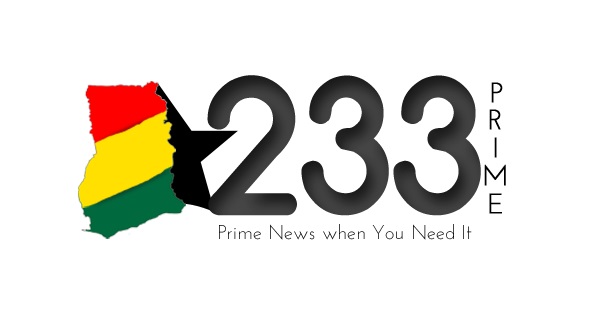
Barely three months to the crucial December polls, inflation, which has been largely erratic this year, has begun a gradual ascent, with the Ghana Statistical Service suspecting that traders are hiking prices because they fear the local currency would struggle against the US dollar ahead of the polls.
The Ghana Statistical Service yesterday announced that August’s inflation, spurred on by non-food inflation, reached 16.9 percent from the 16.7 percent recorded in July.
According to Dr. Philomena Nyarko, Government Statistician, traders are speculating a fall in the value of the cedi hence hikes in prices of imported items to cushion against any losses which may arise in the run up to the elections.
“We are saying that the inflation rate in the imported item has risen slightly because of the expectation that there will be an exchange rate adjustment upwards and so they need to start hiking their prices to make up the difference when the time comes.
That is the only reason we can think of because we don’t see any reason why there is stability in the cedi and still experience an increase in the prices of imported items. So I think it is because of the elections and so people are speculating that things will get that bad,” Dr. Philomena said.
The lead driver of August’s inflation has been the non-food inflation which recorded a year-on-year inflation rate of 21.5 percent in August 2016, compared to the 21.2 percent recorded for July 2016.
Six subgroups under the non-food inflation category recorded a year-on-year inflation rate higher than the group’s average rate of 21.5 percent. Education recorded the highest inflation rate of 34.1 percent, followed by housing, water, electricity, gas and other fuels with 28.1 percent, with household equipment and routine maintenance trailing with 22 percent.
The food and non-alcoholic beverages group recorded a year-on-year inflation rate of 8.5 percent, representing 0.1 percentage point lower than the 8.5 percent recorded in July 2016.
The main price drivers for the food inflation rate were vegetables, which recorded 11.5 percent, mineral water, soft drinks, fruit and vegetable juices 10.6 percent, oils and fats 10.1 percent, coffee, tea and cocoa 9.7 percent, meat and meat products 9.6 percent and fruits, which recorded 9.1 percent.
The Greater Accra and Ashanti Regions also recorded inflation rates higher that the national average. The Greater Accra Region recorded the highest year-on-year inflation rate of 20.1 percent, followed by the Ashanti Region with 18.5 percent while the Upper East Region recorded the lowest of 11.8 percent.
The climb in in inflation puts a damper on hopes that the Monetary Policy Committee (MPC) of the central bank, which meets tomorrow, could reduce its policy rate currently pegged at 26 percent.
The Association of Ghana Industries expressed disappointment when the policy rate was maintained in July, citing the dire consequences for businesses.
“Businesses are suffocating under huge cost of credit and so if you maintain the policy rate, what have you done differently? You are basically singing the same song, but we want to see very strategic and more radical approach in helping businesses survive,” President of the association, James Asare-Adjei, said.
Source: B&FT


















